Mount Melbourne Majestic
Continuing my Melbourne theme where I take you to different Melbournes around the world, today we are going south, way down south to Mount Melbourne in Antarctica.
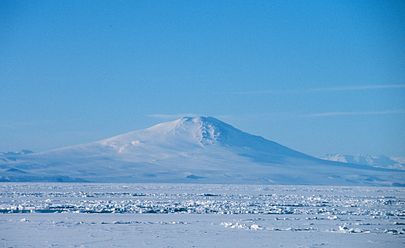
Mount Melbourne is a 2,733-metre-high (8,967 ft) ice-covered stratovolcano in Victoria Land, Antarctica, between the Wood Bay and Terra Nova Bay. And like Melbourne in Australia was named after William Lamb, 2nd Viscount Melbourne the UK Prime Minister (1834 and 1835–1841).
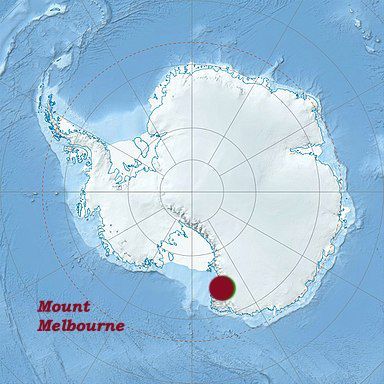
Mount Melbourne is an elongated mountain with a summit caldera filled with ice with numerous parasitic vents; a volcanic field surrounds the edifice. Mount Melbourne has a volume of about 180 cubic kilometres (43 cu mi) and consists of tephra deposits and lava flows; tephra deposits are also found encased within ice and have been used to date the last eruption of Mount Melbourne to 1892 ± 30 CE. The volcano is considered inactive. It last erupted in 1892. 1
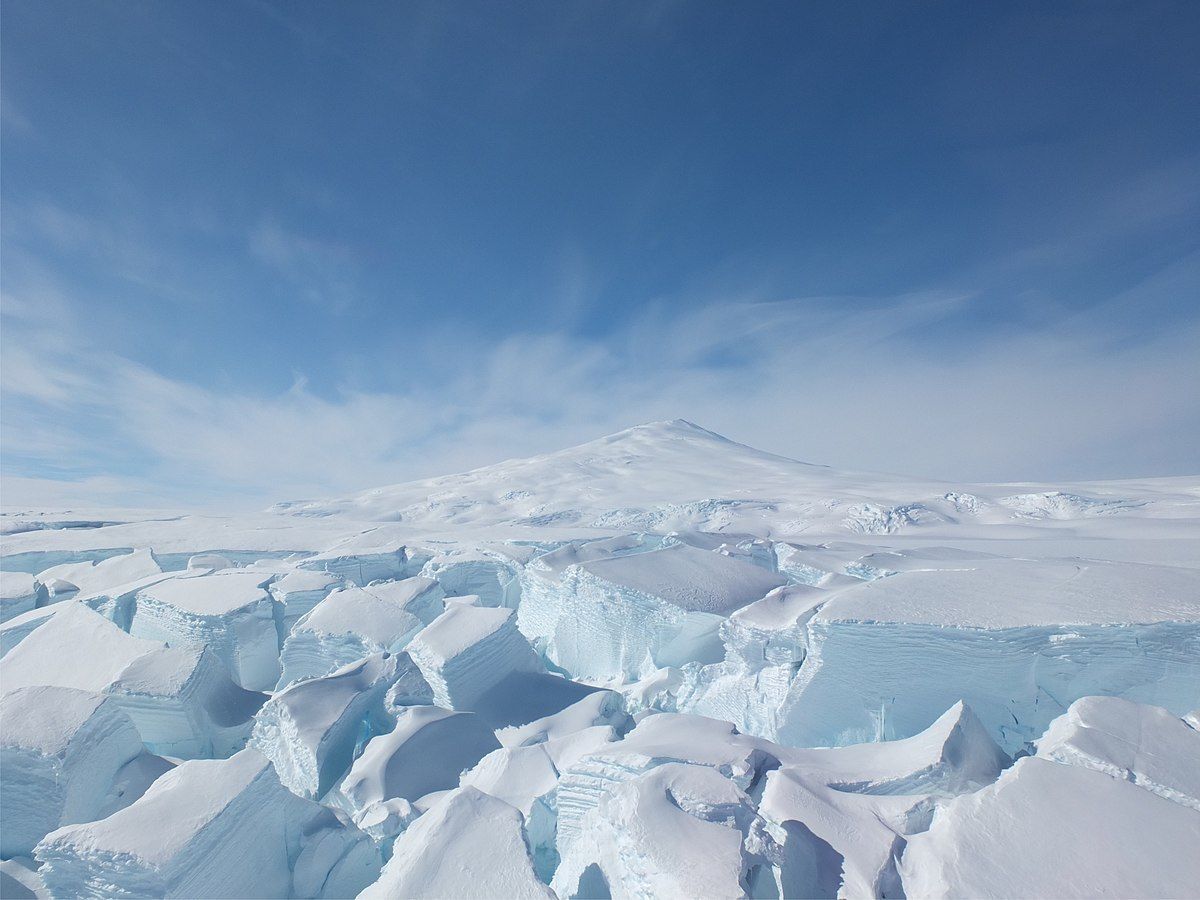
For enthusiasts - here are some details.
The volcano is part of the McMurdo Volcanic Group, and together with The Pleiades, Mount Overlord, Mount Rittmann and the Malta Plateau forms a subprovince, the Melbourne volcanic province. The volcanism is related both to the West Antarctic Rift and to local tectonic structures such as faults and grabens. Mount Melbourne has mainly erupted trachyandesite and trachyte, which formed within a magma chamber; basaltic rocks are less common.
Geothermal heat flow on Mount Melbourne has created a unique ecosystem formed by mosses and liverworts that grow between fumaroles, ice towers, and ice hummocks. This type of vegetation is found at other volcanoes of Antarctica and develops when volcanic heat generates meltwater from snow and ice, thus allowing plants to grow in the cold Antarctic environment. These mosses are particularly common in an area known as Cryptogam Ridge within and south of the summit caldera; Cryptogam Ridge is a protected area.1
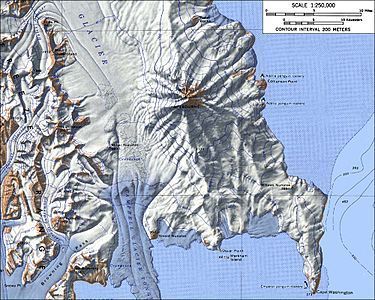
Is there life on Mount Melbourne? Yes - most definitely!
Algae, lichens, liverworts and mosses grow on geothermally heated terrain on the upper parts of Mount Melbourne. Algae form crusts on the heated ground. Mosses form cushions and often occur around steam vents and under ice hummocks. The moss species Campylopus pyriformis does not grow leaves on Mount Melbourne. Pohlia nutans forms small shoots. The two moss species form separate stands that occur at different sites of the volcano. Together with occurrences at Mount Erebus, they constitute the highest mosses growing in Antarctica. Small peat deposits have been found.1
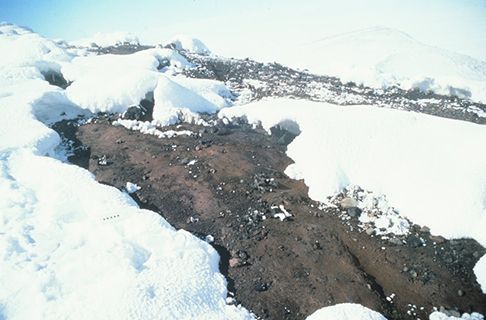
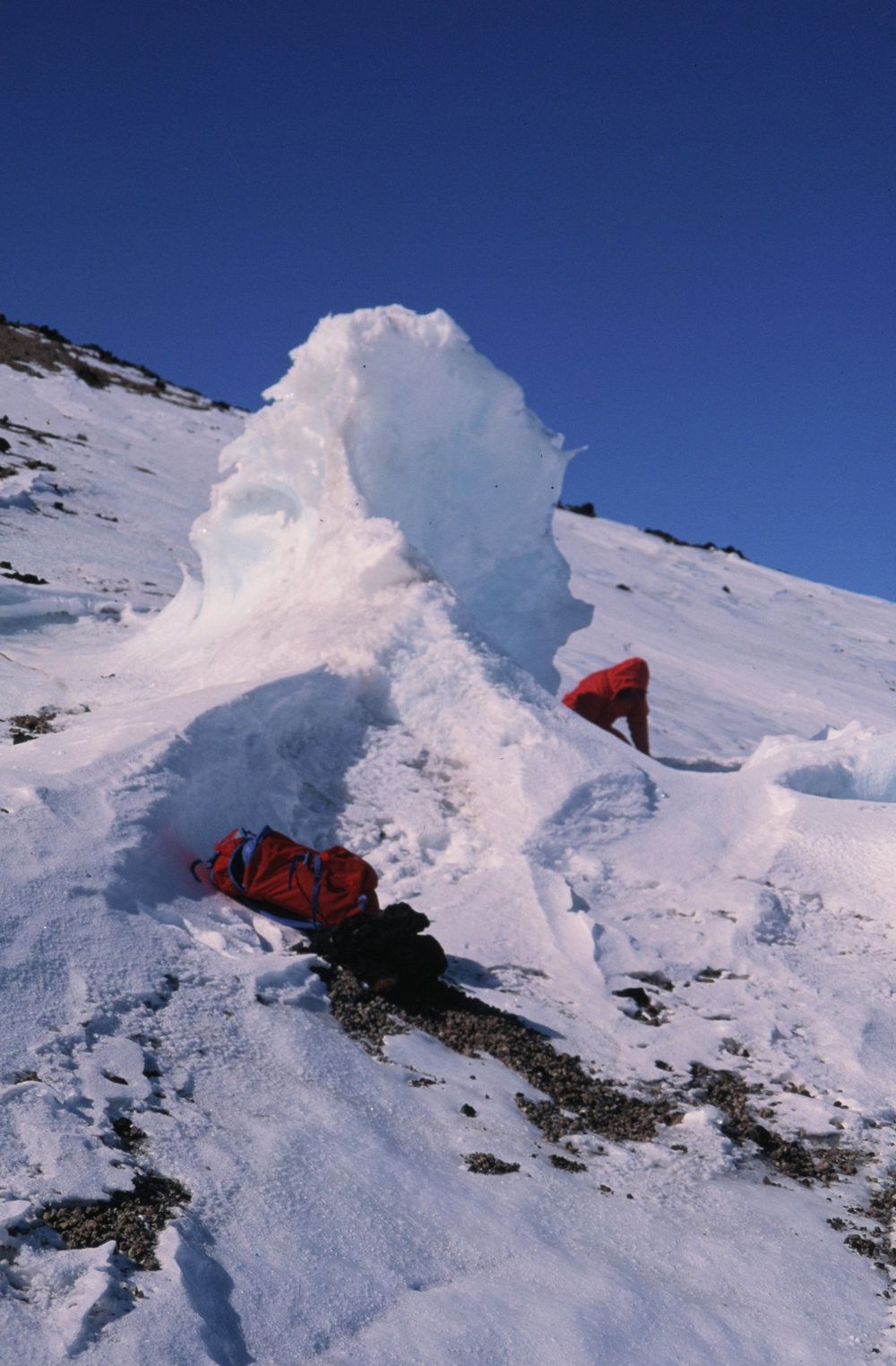
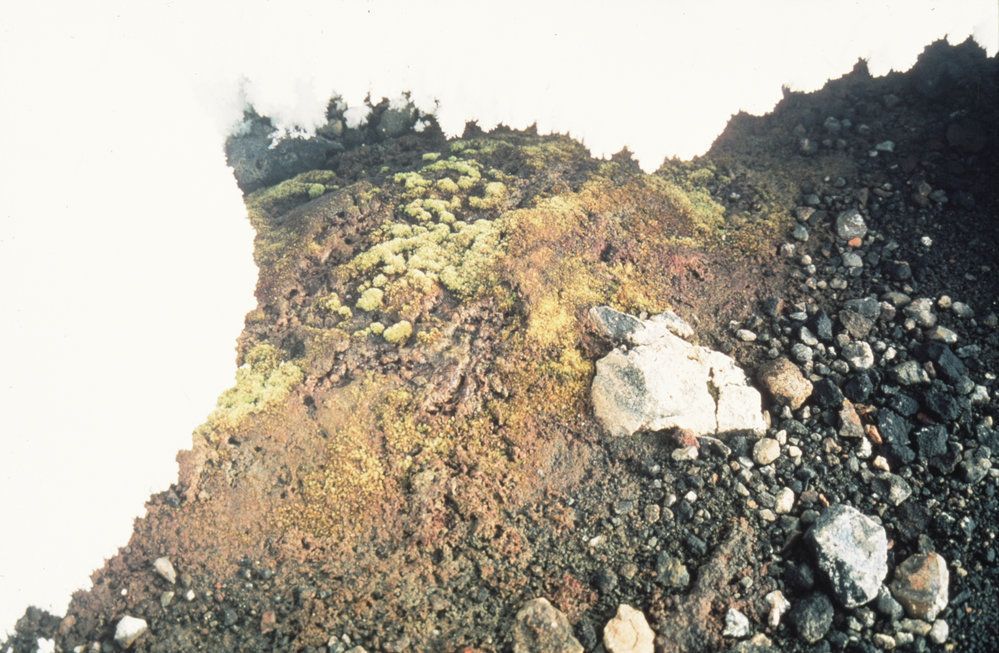
Let's conclude with the artistic majesty of Antarctica created by the magical hand of Mother Nature.
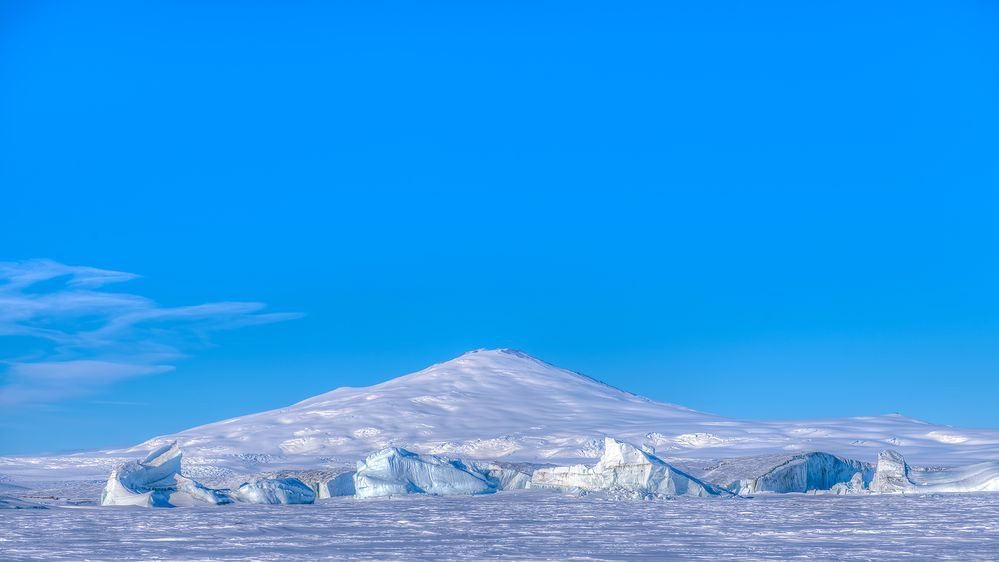
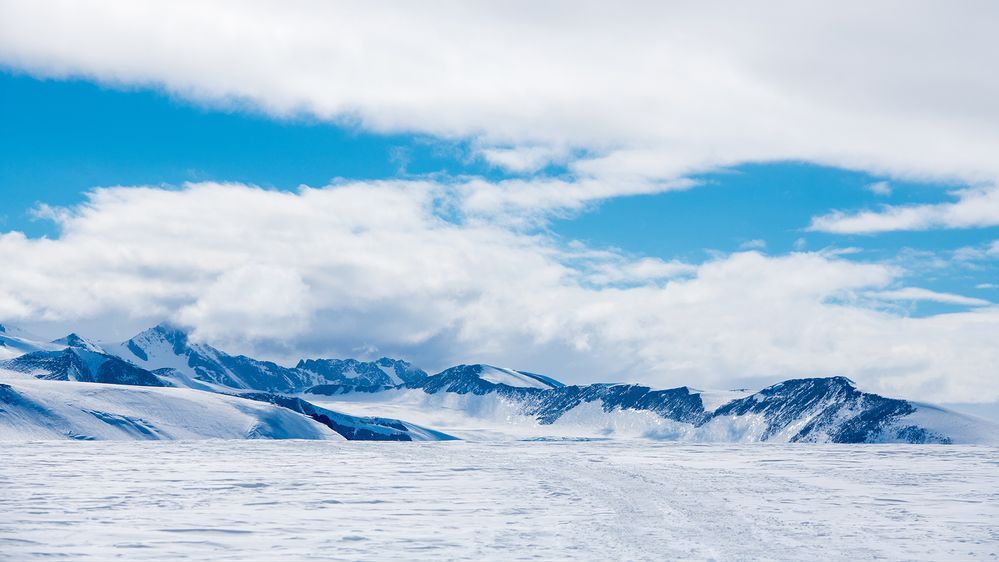
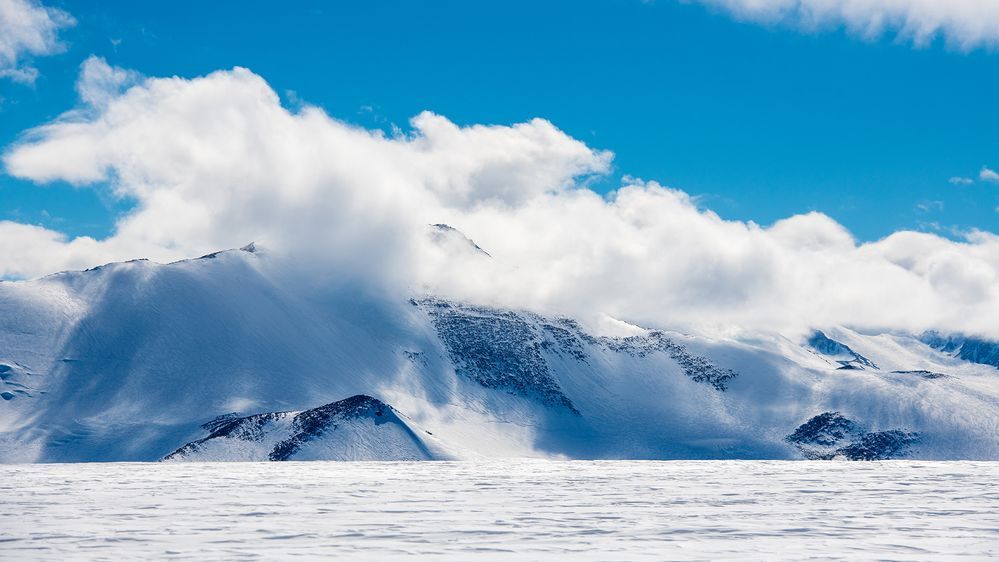
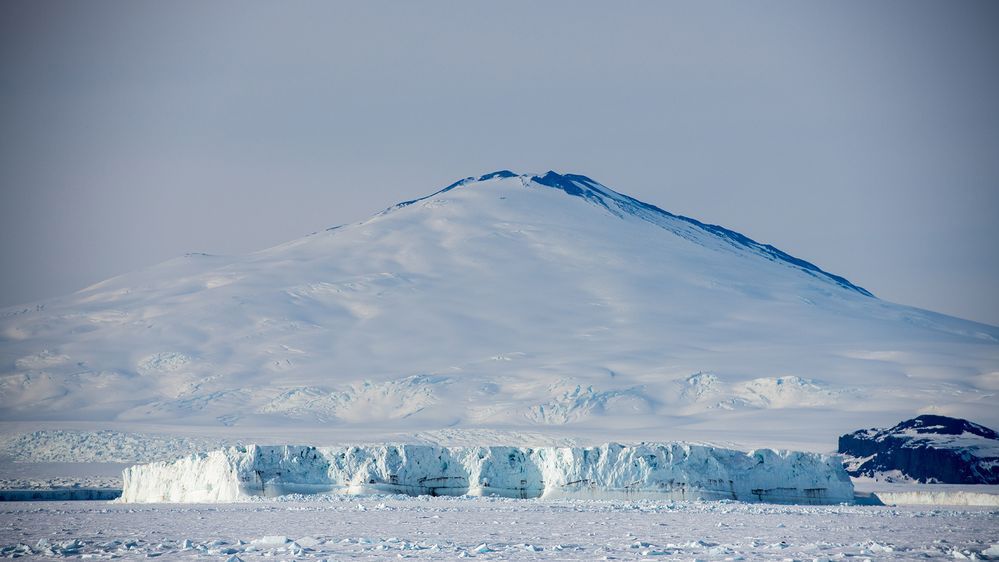
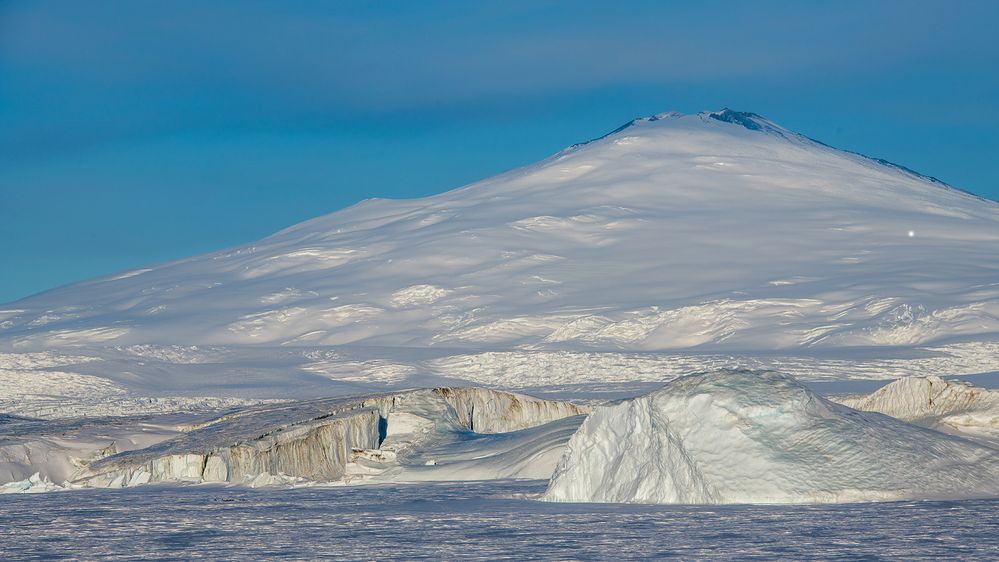
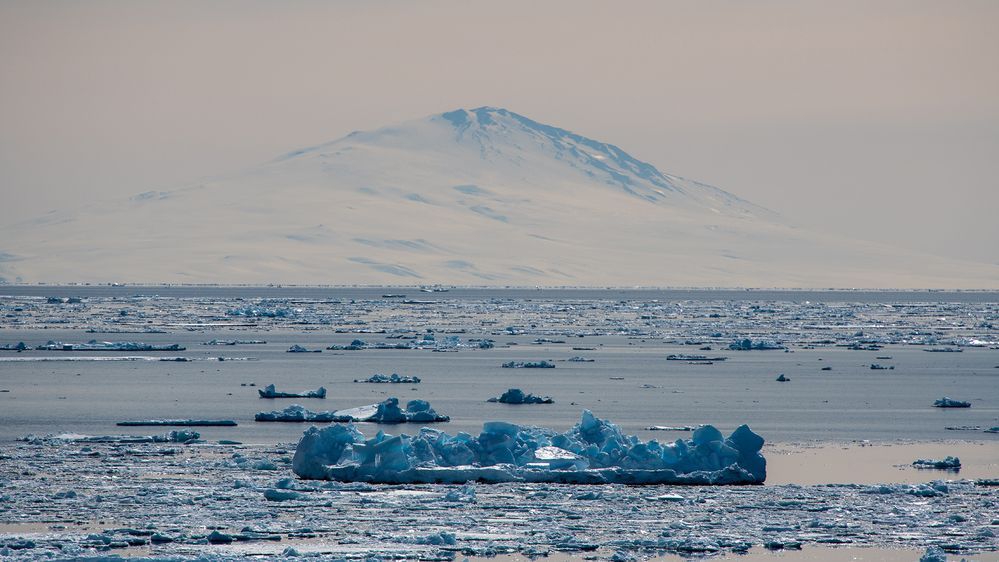
Check out the previous posts on Places called Melbourne and the art we find therein.


Credits
1. en.wikipedia.org
2. commons.wikimedia.org
3. adam.antarcticanz.govt.nz
4. localguidesconnect.com
